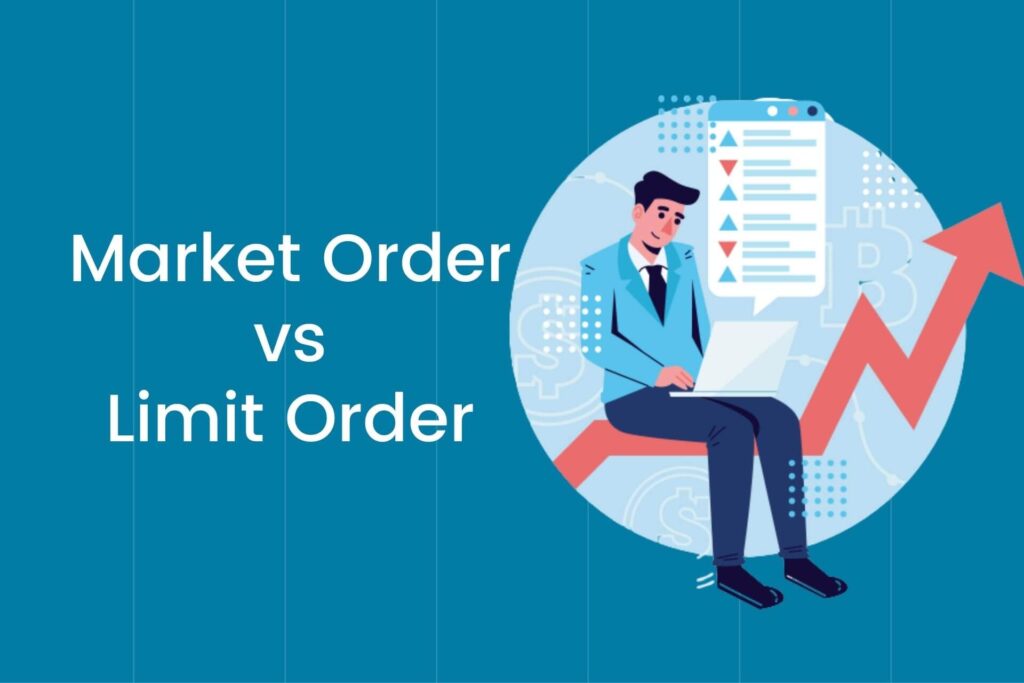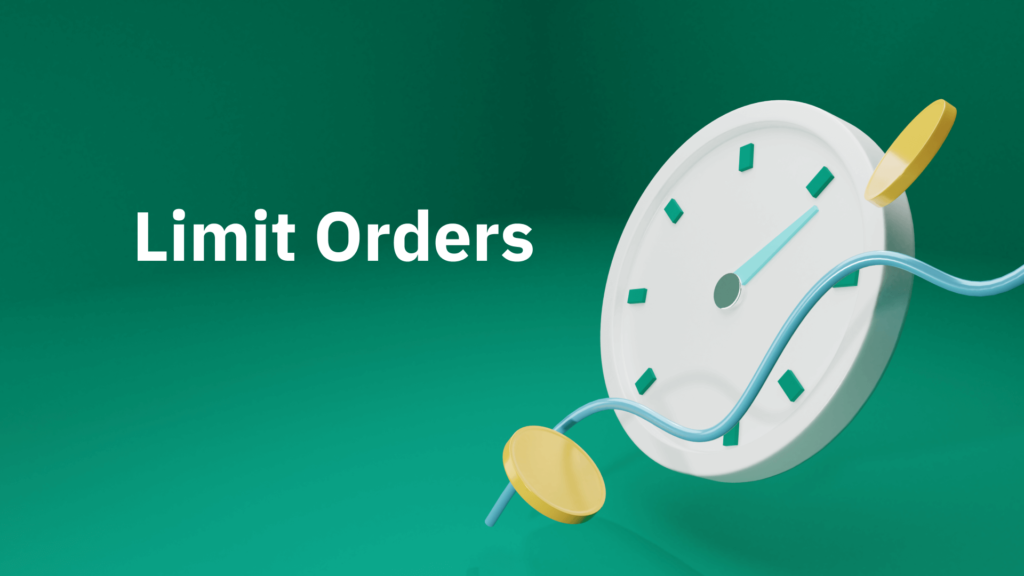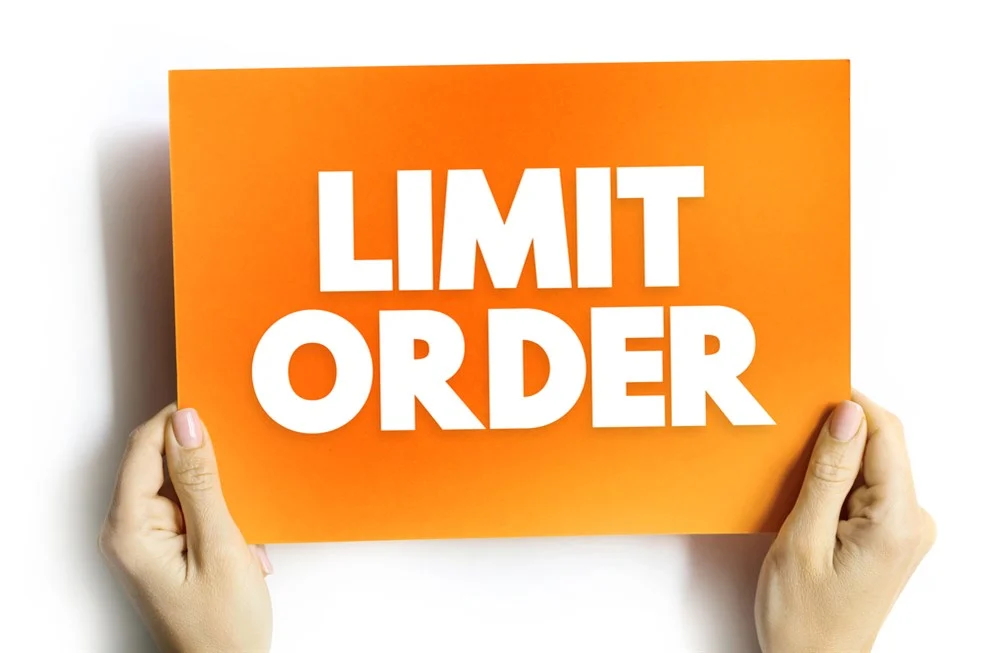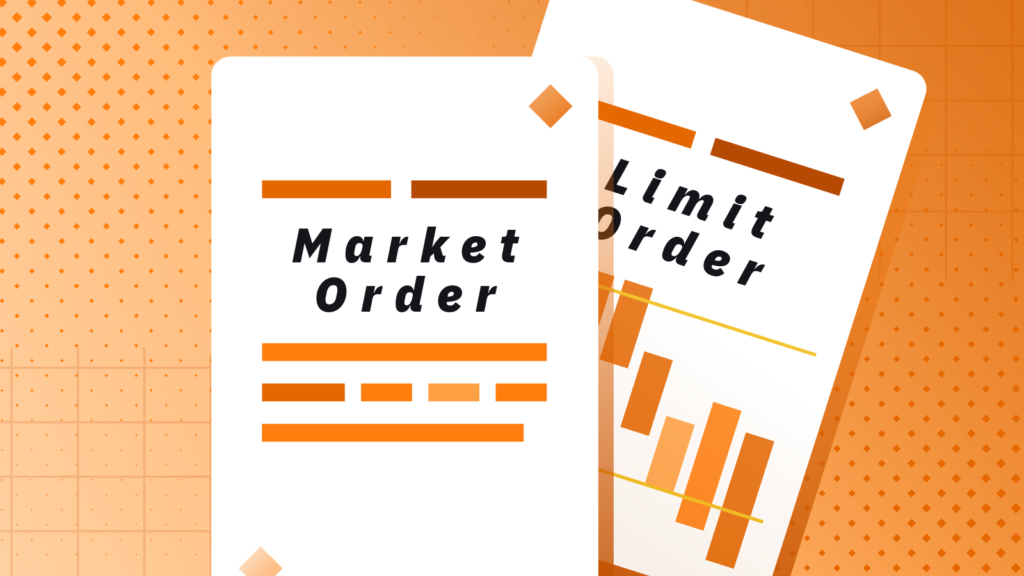Are you ready to dive into the world of stock trading but feel overwhelmed by all the terminology? Don’t worry; we’ve got you covered! In this comprehensive guide, we’ll walk you through everything you need to know about market orders and limit orders, using simple language that anyone can understand. Whether you’re a seasoned investor or just starting, this article will help you navigate the complexities of the stock market with ease.

Introduction
So, you want to start investing in the stock market? That’s fantastic! But before you dive in, it’s essential to understand the different types of orders you can place when buying or selling stocks. Two of the most common order types are market orders and limit orders. But what exactly are they, and how do they work? Let’s find out!

What are Market Orders?
A market order is like sending your order into a bustling marketplace and telling the broker to buy or sell the stock at the current market price. It’s the simplest type of order you can place and is executed almost immediately. When you place a market order, you’re essentially saying, “I’ll take whatever price is available right now.”

How do Market Orders Work?
Imagine you’re at a street market and want to buy fresh fruit. You approach the vendor and ask for a kilo of apples. The vendor immediately picks out the apples and hands them to you, and you pay the current market price. That’s how a market order works in the stock market. You’re getting the stock at the prevailing market price at that moment.

Advantages of Market Orders
Speed: Market orders are executed quickly, ensuring you don’t miss out on buying or selling opportunities.
Certainty: You’re guaranteed to either buy or sell the stock, regardless of the price.
Limit Orders Explained
Now, let’s talk about limit orders. Unlike market orders, a limit order allows you to specify the price at which you want to buy or sell a stock. Essentially, you’re setting a limit on the maximum price you’re willing to pay or the minimum price you’re willing to accept.

How do Limit Orders Work?
Think of limit orders as placing a reservation at your favorite restaurant. You call ahead and tell them you want a table for two at 7 p.m., but you specify that you’re only willing to pay a certain amount for the meal. Similarly, when you place a limit order, you’re specifying the price at which you’re willing to buy or sell the stock.

Benefits of Limit Orders
Control: You have more control over the price you pay or receive for the stock.
Price Protection: You won’t end up paying more than you’re comfortable with or selling for less than you think the stock is worth.
Market Orders vs. Limit Orders: A Comparison
So, which order type is better? It depends on your trading style and preferences. Here’s a quick comparison:
Market Orders: Best for situations where speed is crucial, such as when you need to buy or sell stock quickly.
Limit Orders: Ideal for investors who want more control over the price they pay or receive for a stock.

Which Order Type is Right for You?
Ultimately, the decision between market orders and limit orders depends on your individual trading goals and risk tolerance. If you prioritize speed and certainty, market orders may be the way to go. However, if you prefer more control over the price you pay or receive, limited orders might be more suitable.

How to Use Market and Limit Orders?
Set Realistic Prices: When placing a limit order, make sure your price is within the realm of possibility based on current market conditions.
Monitor Your Orders: Keep an eye on your orders, especially limit orders, to ensure they’re executed at the desired price.
Stay Informed: Stay updated on market trends and news that could impact the prices of the stocks you’re trading.

Conclusion
Congratulations! You’re now equipped with the knowledge to make informed decisions when it comes to choosing between market orders and limit orders. Remember, there’s no one-size-fits-all approach, so take the time to assess your trading goals and preferences before placing your orders.

FAQs
Can I change or cancel a market order after placing it?
Yes, you can change or cancel a market order as long as it hasn’t been executed.
Is there a minimum or maximum amount I can trade with market orders?
Market orders don’t typically restrict the amount you can trade, but it’s always best to check with your broker.
Do limit orders guarantee that my order will be executed?
No, there’s no guarantee that a limit order will be executed if the stock price doesn’t reach your specified limit.
Can I place a limit order outside of regular trading hours?
Some brokers allow you to place limit orders outside of regular trading hours, but they may not be executed until the market opens.
Are there any additional fees associated with market or limit orders?
Your broker may charge additional fees for executing market or limit orders, so be sure to check their fee schedule.
Now that you have a solid understanding of market orders and limit orders, you’re ready to take on the stock market with confidence! Happy trading!

FOR A FREE STOCK MARKET SEMINAR VISIT HERE
CALLS @ 9986622277
Disclaimer
The information provided here is for general informational purposes only and should not be construed as financial advice. Investing in the stock market involves inherent risks, and there is no guarantee of profits or protection against losses. Before making any investment decisions, it is essential to conduct thorough research and seek advice from a qualified financial advisor or professional.
